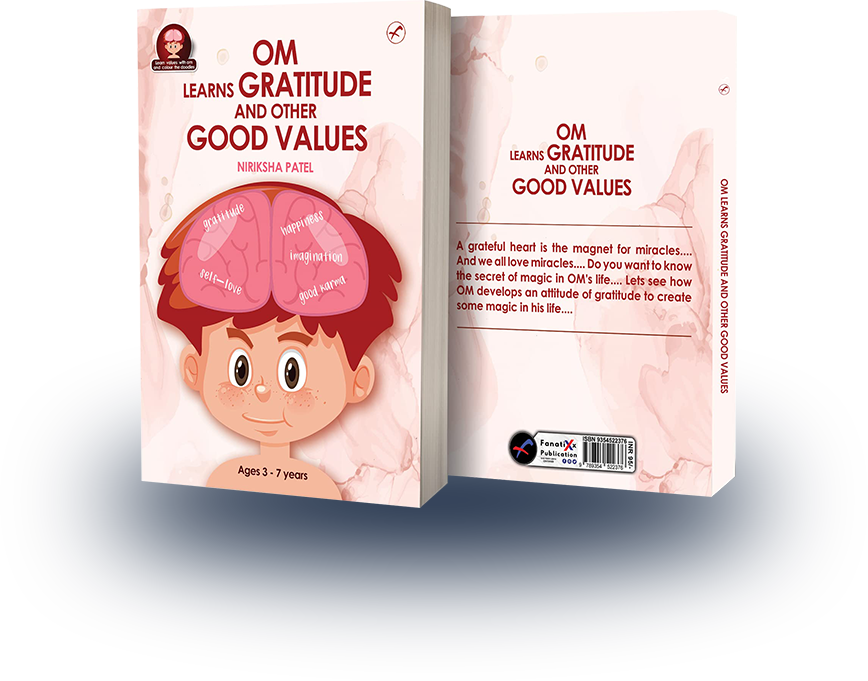Parenting can be both rewarding and challenging, especially when it comes to discipline.
Many parents have used spanking as a form of punishment for misbehavior, but research suggests that positive discipline techniques can be more effective in fostering a child’s emotional well-being and development.
In this blog, we will explore ten alternatives to spanking that promotes positive discipline.
Does Spanking Work?
NO. Spanking is not an effective or beneficial way to discipline children. Instead, it can have negative effects on their emotional and psychological well-being.
Increased Aggression
Spanking can teach children that resorting to physical force is an acceptable way to resolve conflicts, leading to increased aggression in their behavior.
Emotional and Psychological Harm
Children who experience corporal punishment may suffer from anxiety, depression, low self-esteem, and a negative self-image.
Weakened Parent-Child Relationship
Spanking can erode trust between parents and children, hindering open communication and emotional connection.
Modeling Violent Behavior
Children learn from their parents’ actions. When parents use spanking as a disciplinary method, children may internalize that it’s acceptable to use violence when they face challenges.
Lowered Cognitive Development
Research suggests that children who experience frequent spanking may have lower cognitive development and problem-solving skills.
Association of Love with Pain
Spanking can create confusion in a child’s mind, associating love and authority figures with pain, leading to difficulties in forming healthy relationships.
Impact on Mental Health
Children subjected to corporal punishment are at a higher risk of developing mental health issues and behavioral problems later in life.
Temporary Compliance
While spanking may lead to immediate compliance due to fear, it doesn’t promote long-term behavior change or understanding of right and wrong.
Alternatives To Physical Punishment
These positive discipline methods will promote emotional well-being and behavioral growth in children, without resorting to physical force.
Communication and Active Listening
Instead of resorting to physical punishment, take the time to communicate with your child about their feelings and actions. Active listening involves being present, understanding their perspective, and validating their emotions.
For example, if your child is upset about not getting a particular toy, acknowledge their feelings and explain the reasons behind the decision.
Setting Clear Boundaries and Rules
Children thrive in environments with clear boundaries and rules. When they know what is expected of them, they are more likely to exhibit appropriate behavior.
For instance, establish a bedtime routine to encourage healthy sleep habits.
Time-Outs and Quiet Time
Time-outs or quiet time can be effective alternatives to spanking. It allows children to take a moment to calm down and reflect on their actions.
For example, if your child engages in aggressive behavior, give them a brief time-out to regain composure.
Positive Reinforcement
Encourage positive behavior by praising and rewarding your child when they display good conduct. Celebrate their accomplishments, big or small, and use positive reinforcement to motivate them.
For instance, reward your child with a special treat for completing their homework on time.
Redirection
When children engage in undesirable behavior, redirect their attention to more appropriate activities.
For example, if they are fighting over a toy, offer them a different toy or suggest a fun game they can play together.
Natural Consequences
Allowing children to experience natural consequences can be a powerful learning experience.
For instance, if they refuse to wear a jacket on a cold day, they will feel cold and learn to dress appropriately next time.
Time-In and Connection
Instead of isolating your child as punishment, opt for “time-in” where you spend quality time together. Strengthening the parent-child bond fosters trust and cooperation.
For example, if your child behaves inappropriately at a family gathering, take them aside, and discuss their feelings.
Teaching Problem-Solving Skills
Equip your child with problem-solving skills to handle challenging situations constructively. Guide them through conflicts and encourage them to find solutions independently.
For instance, if they have a disagreement with a friend, discuss different ways to resolve the issue peacefully.
Model Positive Behavior
Children often learn by observing their parents. Demonstrate positive behavior and emotional regulation as a role model.
For instance, if you make a mistake, acknowledge it and apologize, showing them the importance of accountability.
Time for Reflection and Emotional Expression
Encourage your child to express their feelings openly and provide a safe space for them to do so. This will help them process emotions and build emotional intelligence.
For instance, if your child is upset, talk to them about what they are feeling and why.
Also check out our blog on 10 Signs of Emotionally Immature Parent & Why Its Unhealthy
Alternatives to Spanking: Out-Of-The-Box Ideas
These out-of-the-box ideas for positive discipline that can add creativity and uniqueness to your parenting approach.
- The “Emotion Jar”
Create an “Emotion Jar” filled with colorful pieces of paper, each representing different emotions (happy, sad, angry, excited, etc.).
When your child experiences a strong emotion, ask them to pick a paper from the jar and express that emotion through art, writing, or storytelling. This activity helps children explore their feelings in a constructive way.
2. The “Kindness Adventure”
Transform discipline into a “Kindness Adventure” by encouraging your child to perform acts of kindness as a way to rectify misbehavior.
For example, if they were rude to a friend, suggest they do something nice for that friend, like drawing them a picture or writing an apology note.
3. The “Problem-Solving Challenge”
Turn discipline moments into problem-solving challenges. When a conflict arises, gather the family and brainstorm creative solutions together. This fosters teamwork, critical thinking, and cooperation among family members.
4. The “Empathy Play”
Create a role-play scenario where you and your child switch roles, and they get to be the parent. They have to discipline you for a “misbehavior” (e.g., leaving toys scattered around).
This playful activity allows them to understand the challenges of parenting and reinforces empathy.
5. The “Gratitude Journal”
Instead of focusing solely on misbehavior, introduce a “Gratitude Journal.” Every evening, have your child write down three things they are grateful for that day.
This practice encourages positive thinking and helps them reflect on their actions.
6. The “Mistake Celebration”
Celebrate mistakes as learning opportunities. When your child makes a mistake, have a “Mistake Celebration” where you share funny stories of your own mistakes.
This lightens the mood and reduces the fear of failure.
7. The “Mission Positivity”
Create a family mission statement centered around positivity, respect, and empathy. Decorate it together and display it prominently in your home.
Refer to the mission statement whenever discipline is needed, reinforcing the family values.
8. The “Mindful Breathing”
Teach your child simple mindfulness and breathing exercises to practice during challenging moments. This helps them develop emotional regulation skills and find calmness amidst turmoil.
9. The “Compliment Train”
Initiate a “Compliment Train” during family gatherings or dinner time. Each family member takes turns giving a genuine compliment to the person next to them. This reinforces positive behavior and boosts self-esteem.
10. The “Reverse Roles”
Occasionally, switch roles with your child and let them take on the role of the parent. This can be a fun and insightful experience for both of you, giving them a sense of responsibility and empathy towards your perspective.
Also, check out our blog on 20 Ways to Develop Growth Mindset and Resilience in Children
Positive Affirmations To Choose Positive Discipline
These affirmations regularly can reinforce your commitment to positive discipline and help you stay focused on creating a nurturing and supportive environment for your child’s growth and well-being.
- I am a loving and patient parent, committed to communicating with my child and using positive discipline methods to guide their growth and development.
- Every challenge is an opportunity for learning and connection; I choose positive discipline to nurture my child’s emotional intelligence and strengthen our bond.
- My child deserves respect, and I trust in my ability to find creative and effective alternatives to spanking, ensuring their well-being and happiness.
- I celebrate my child’s accomplishments and guide them with patience, compassion, and positive discipline.
- I embrace positive discipline as a way to build a strong foundation of trust and mutual respect with my child, fostering a harmonious and loving home environment.
- Through positive discipline, I empower my child with problem-solving skills and emotional intelligence, helping them grow into confident and capable individuals.
- I release any feelings of frustration or impatience, replacing them with love and understanding, as I choose positive discipline to support my child’s development.
- I am a compassionate and mindful parent, using positive discipline to create a positive and loving atmosphere at home, where my child can thrive.
- I let go of any past conditioning around spanking, embracing positive discipline as a more effective and loving approach to parenting.
- I trust in the long-term benefits of positive discipline, knowing that it will not only teach my child valuable life lessons but also strengthen our parent-child relationship in the process.
You might also be interested in checking our blog on The Power of Play: How Games Help Children Thrive.
Last But Not The Least
Remember, parenting is a journey, and by choosing positive discipline, you are laying the foundation for a strong parent-child relationship that will last a lifetime.
Before Signing Off
If you want your child to explore the heartwarming journey of self-discovery and positive transformation?
I would encourage you to check out my book “Om Loves Gratitude and Other Good Values,”
A delightful tale of a boy’s magical adventure using positive affirmations, visualization, and gratitude.
Join the fun and teach your child the power of manifesting their desires! Grab your copy now and spread the joy of positivity with this enchanting book.


 The Power of Play: How Games Help Children Thrive
The Power of Play: How Games Help Children Thrive